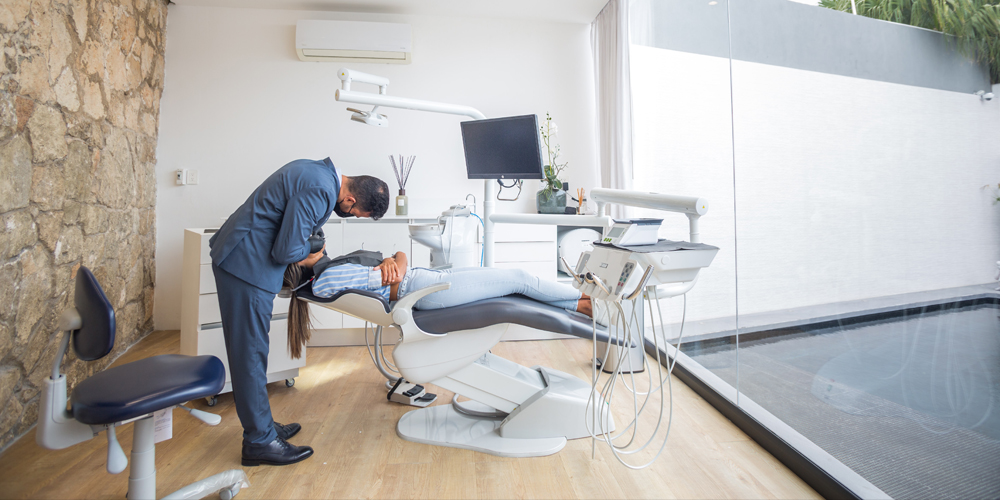Dental Inlays
Dental inlays have been utilized for many years as a form of tooth restorations. They are used to restore small to moderate sized tooth defects. Inlays are a great alternative to amalgam and composite restorations. Like any restorative method, inlays have their advantages and disadvantages. Moreover, like any other restorative product, they will have a life span and may acquire replacement or additional procedure due to normal wear and tear. Please consult Dr. Nima Mashhoon to see which restorative option is best for you.
“We give you a reason to smile!”
What Are Dental Inlays?
Dental inlays are a great way to restore teeth that have been damaged by decay or other factors and do not require root canal therapy. While some restorations can be fabricated in the office, similar to porcelain bridges, inlays will be fabricated in a dental laboratory. Being that is the case, this process will require two appointments for completion. Porcelain inlays, as well as porcelain onlays, are recommended for patients who need a change of filling due to recurrent caries, dental decay, a personal desire to replace a filling, a fractured or broken tooth, or a fractured filling. Inlays can be fabricated from many materials but the most common materials are porcelain and gold. Both having their advantages and disadvantages, therefore, it is best to give Modern Smile Dentistry a call so we can determine what is best for you.

What Can I Expect at My First Appointment?
As mentioned above, inlays will traditionally constitute two appointments. During the initial appointment, the treatment will be discussed with you. The tooth/teeth will then be numbed by Dr. Nima Mashhoon via dental anesthesia to achieve ultimate comfort during the whole procedure. The repair of the tooth via decay removal and preparing the tooth for the acceptance of the new restoration will be performed.
Once this has been accomplished, the tooth will then have an impression (mold of the tooth) captured of it to be sent off to the dental laboratory for the fabrication of the inlay. This process traditionally takes roughly two weeks. During this time, the tooth will be retro-filled with a temporary filling material until the fabrication of your final inlay.

What Can I Expect at My Second Appointment?
Upon the arrival of your second appointment, the tooth may or may not need to be numbed. This will vary case by case. The temporary filling will then be removed and the tooth will be cleaned to remove all decontaminates. The new inlay will be gently and precisely cemented into place.
The tooth will then be polished and the restoration will be checked for proper fit and finish. Your occlusion (bite) will be evaluated to make sure you are fully comfortable and the new restoration is functioning the way it is intended.

Caring for Your Dental Inlays
While dental inlays are highly durable, it is imperative to maintain proper oral hygiene (brush, floss, mouthwash) to prolong the life of the inlay. Similar to gold crowns, full dentures, composite fillings, or other restorative options, wear and tear may lead to replacement or re-cementation of the inlay as part of normal maintenance. Our team has years of experience working with dental inlays and can best advise when replacement of a dental inlay may be necessary.

